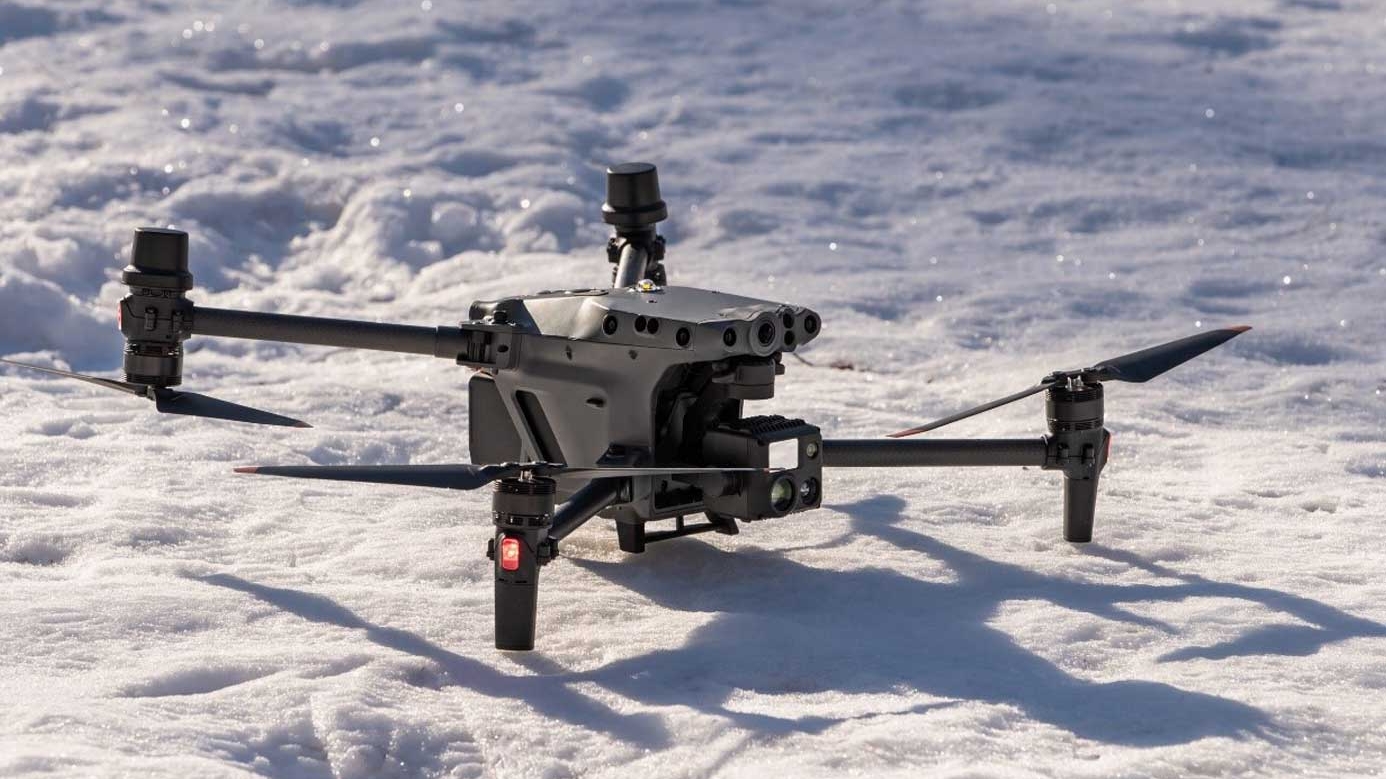When flying a drone, cold temperatures can present you with challenging conditions. These conditions can affect your flight performance and even endanger your safety. However, you can minimize these problems by taking precautions. You should not forget that you may face conditions such as rain, fog and snow, especially in winter. Therefore, it is important to know the tricks of flying a drone in cold weather. To ensure a safe and high-performance flight, you must set up in accordance with the cold weather conditions specified in your drone's operating manual, take precautions to warm the battery, not fly under conditions such as fog, snow or rain, and more. When you apply these tricks, you will be able to overcome the difficulties of flying a drone in cold weather.
TESTING THE BATTERY WITH COLD AIR
Flying a drone in cold weather can be difficult as the battery condition needs to be checked. Because cold weather can reduce the chemical activity level in Lithium Polymer (LiPo) batteries, causing the drone to drop unexpectedly. That's why it's important to check battery health before flying the drone.
One of the most effective ways to reduce battery problems in cold weather is to use a drone with a self-heating battery. Such drones allow their batteries to be used up before they reach room temperature, thus preventing degradation of battery performance.
When using the battery in cold weather, first of all, you should not charge the battery at a temperature of 0ºC or lower. This can cause irreversible damage to the battery. Therefore, wait until the battery reaches room temperature before charging.
Before starting the flight, make sure that the battery is fully charged. Warm up the battery by driving the drone for about a minute. The battery drains faster in cold weather. Therefore, constantly check your battery status during flight.
EVERY DRONE CANNOT FLY IN COLD WEATHER.
Not all drones are suitable for winter flights. Since cold weather conditions and high humidity can cause an accident, the drone to be used must handle these conditions. It should also have multiple redundant systems for safe winter flights. Besides, many drones are not resistant to precipitation and humidity. In case of rain or snow, descend as soon as possible and dry the propellers and hull.
Follow the weather conditions before you fly your drone. Do not fly in conditions such as strong wind, rain and snow. Ice can be as dangerous for drones as helicopters and planes. Ice accumulating on the propeller blades disrupts the aerodynamics of the drones.
When landing in snowy weather, there is a risk of damaging the propellers of the drones. Therefore, it is recommended to use a runway for takeoff and landing.

